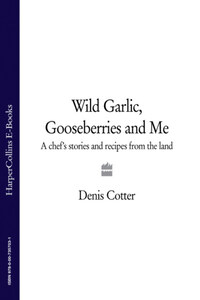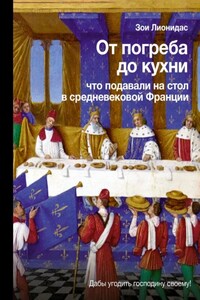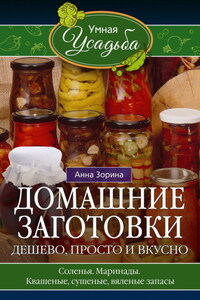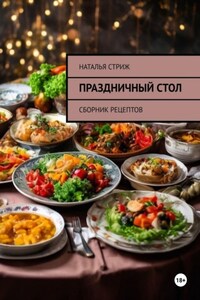While I was writing this book, most people I know learned not to ask two particular questions: ‘How is it coming along?’ and ‘What is it about?’ Some kept asking anyway, which was actually much appreciated. The answer to the first question was almost always a moan, often very long, sometimes monosyllabic. To the second question I would answer simply, ‘Vegetables,’ and most of the time I really felt that it was enough of an explanation. Caught on a good day, I might have added that the book is also about my relationships with the vegetables I work with as a professional cook, and with the people who grow them. It is also about the place where this happens, and my place in that place.
Now that the book is done, I guess that’s still the answer I would give. Food is life. We all know that intuitively but often forget it or lose touch with the importance of food in our lives beyond the basic need for sustenance. A healthy culture needs a healthy food culture, one that is built on trust and making the connections and relationships that shape a community.
I have been living with the structure of this book for so long that it seems completely natural to me, and I have to remind myself that it may not be quite so obvious to others. The vegetables I have chosen to write about are not listed in alphabetical order nor arranged in a pattern that reflects the seasons of a year. Instead, they are grouped according to shared characteristics, whether that be their colouring, as in the opening chapter ‘It’s a green thing’, or their habitat as in both ‘Wild pickings’ and ‘Growing in the dark’.
In ‘A passionate pursuit’ I suppose the grouping is less obvious, but these are the vegetables that are currently a major source of interest, even obsession, both to me and to Ultan Walsh, the grower who provides much of the local produce we use at Café Paradiso.
Very early, back in that innocent but hugely enjoyable stage of just sitting around talking about a potential book, I visited Ultan often, to pry further into something which I took for granted: the hows and whys of his work as a grower. I already knew that we shared a special affection for certain vegetables, such as the artichokes and asparagus that were thriving on his new farm. I knew too that we were both excited by the possibility of producing vegetables that might be thought of as non-native, or those that are difficult to grow in this part of the world. During those conversations, I came to understand better the deeply personal way in which a grower works with his produce and his specific piece of land. It was when he burst my linear notion of seasonality that I realised I needed to look at the produce from a new angle and to dig deeper into the characteristics of different vegetables and their potential.
The result, this book, is therefore a very personal take on the vegetables I have encountered in a year and a bit of concentrating on the possibilities of one small corner of the southwest of Ireland. It’s a combination of things I know or believe to be true, things I have learned in the process, and some stuff that you might find amusing. Oh, and a pile of recipes that I hope you will find useful in the kitchen if the text gets your juices going.
It all comes down to the rain in the end. Of course it does. How could it be otherwise? Of the many clichés and myths surrounding Ireland, two of the most unavoidably true are that it’s a green place, and it rains a lot. These are facts. It’s a simple equation. The rain makes the place green. That, and the temperate climate, which means the land never gets scorched in summer or frozen in winter. The damned grass never stops growing.
Coming in to land at Cork Airport, you will still occasionally hear stifled gasps and hushed exclamations at just how green the fields are down below. Not just from first-time tourists – they expect it, they’ve read the brochure – but also from returning natives who’ve popped abroad for a spot of weekend shopping and martinis. We Irish may be a moneyed lot these days, but we still get excited at the sight of our little green home.
Those who know and care about these things say that green is the colour of hope. Hmm…I like that. Hope is a very strong force in life, nothing like the wishful thinking it is often taken for. It is a positive, purposeful energy, and in my green-tinged world, that connection makes sense.
Green has long been an obsession of mine. The colour, that is. My eye is drawn to flashes of green in every visual setting. Artwork, furniture, a row of books, crockery on a shelf or shoes in a shop window; clothes especially, whether on a body or hanging on a rack. I wear a lot of green, and feel comfortable with myself in green more than any other colour. I took to it quite young, glorying in its many shades – and there are so many, far more than the forty that the hoary old Irish ballad glorifies.








